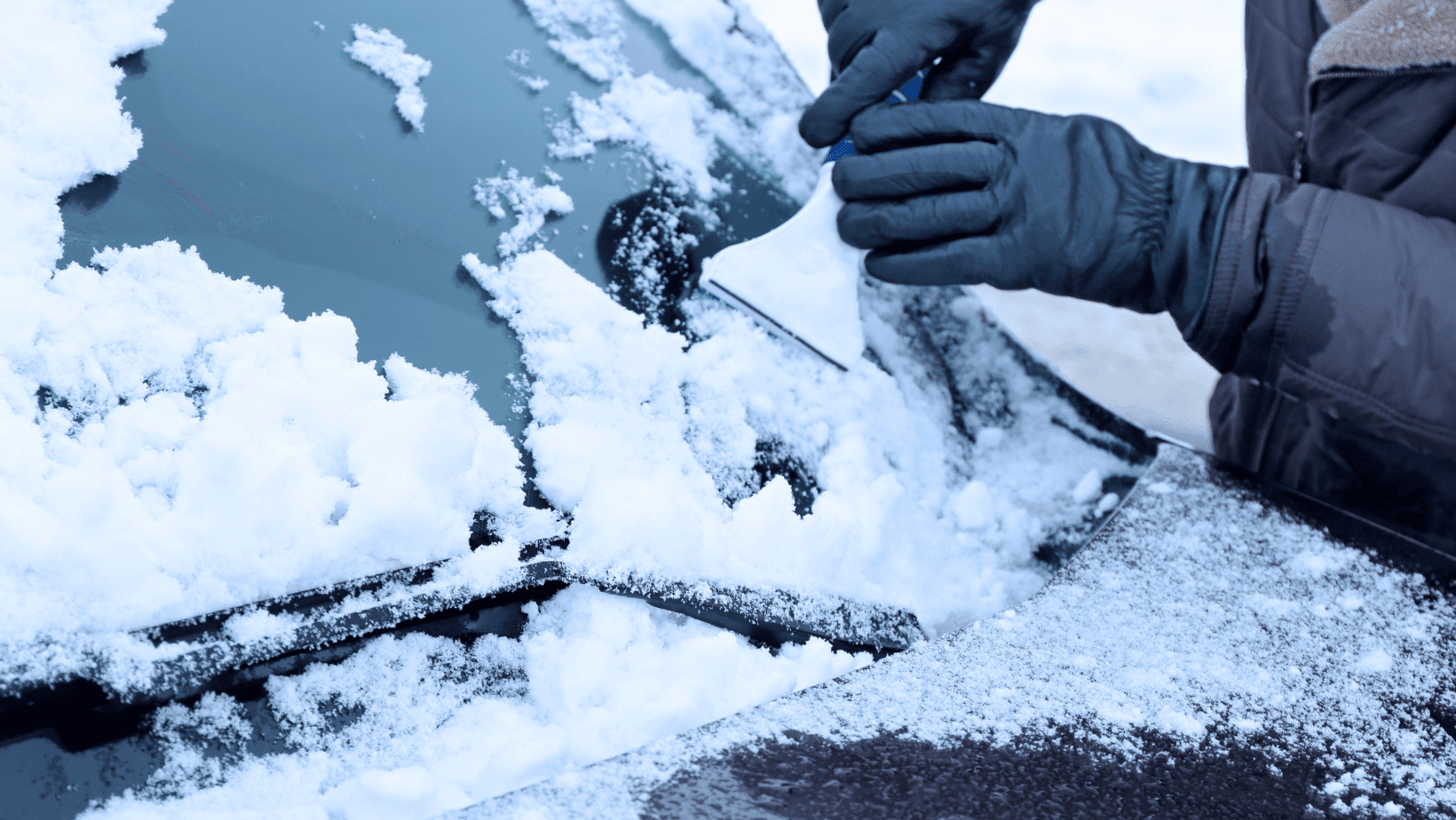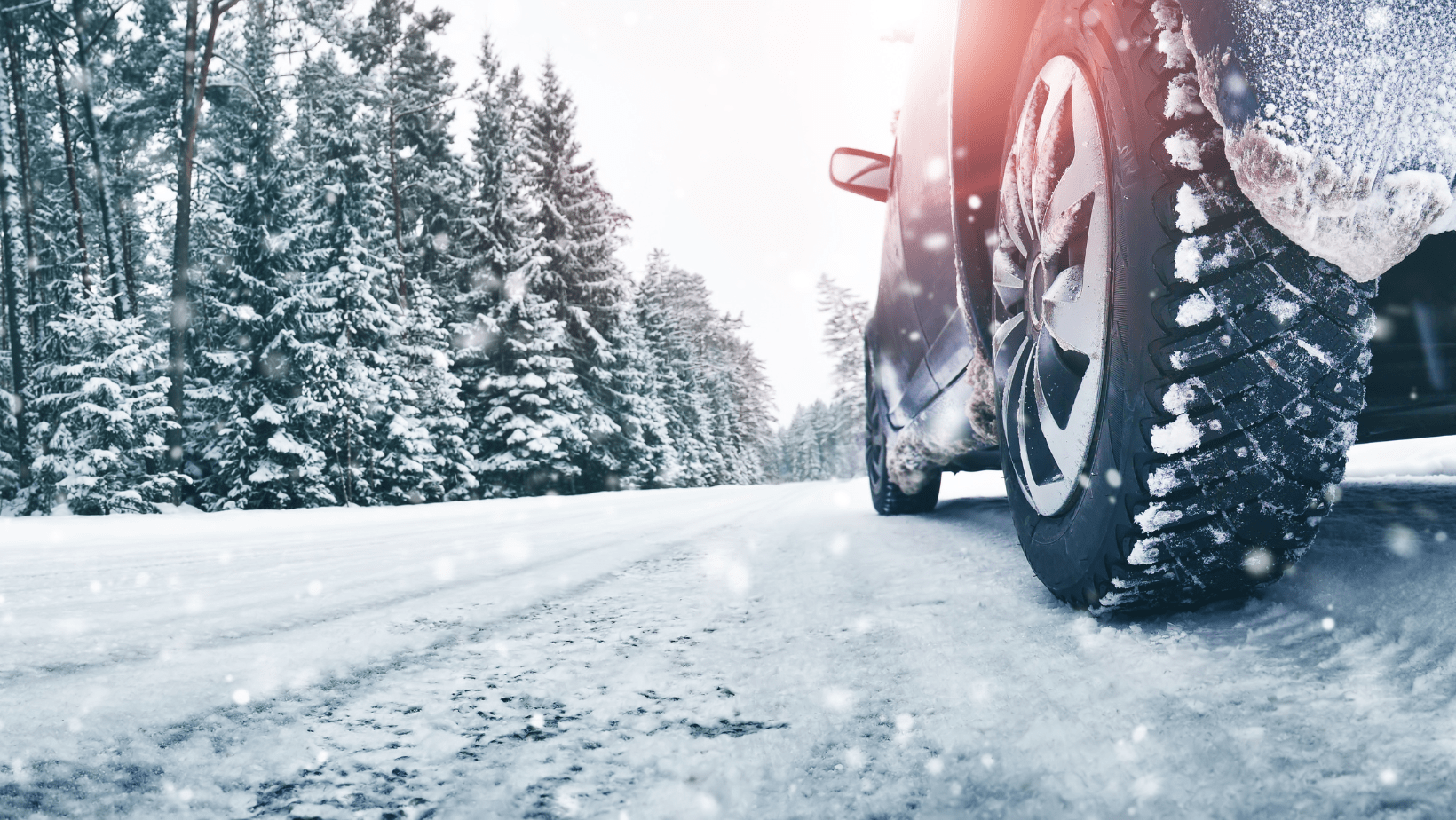As winter approaches, preparing your car for the season becomes crucial to ensure safety and optimal performance in harsh conditions. Winter brings a unique set of challenges for vehicles, from icy roads to sub-zero temperatures. Ensuring your car is ready not only enhances safety but also improves performance and longevity. In this guide, we’ll walk you through a detailed checklist to get your car winter-ready, covering everything from battery maintenance to emergency kits.
Before we dive into this guide of essentials of winter car care, it’s important to ensure nothing is overlooked. From under-the-hood inspections to exterior preparations, each item on this checklist is a key component of winter car maintenance. By following these winter car tips, you’ll equip your vehicle to handle the season’s demands, ensuring safety and reliability in the colder months.
Let’s begin with the first and one of the most crucial steps: checking your car’s battery.
1. Check the Battery
Cold weather can significantly impact your car’s battery. In winter, the battery works harder to start the engine, and its efficiency can drop significantly in low temperatures. Start by inspecting the battery for any signs of corrosion on the terminals. Clean them if necessary. Testing the battery’s charge is crucial; a voltmeter can help you ensure it’s holding a charge adequately. If your battery is more than three years old, consider having it tested by a professional and replace it if needed. Remember, a reliable battery is your first line of defense against being stranded in the cold.
2. Inspect and Replace Wiper Blades
Visibility is key in winter driving. Wiper blades play a vital role in keeping your windshield clear from snow and sleet. Inspect your wiper blades for cracks, tears, or any signs of wear. If they don’t clear the windshield effectively or leave streaks, it’s time to replace them. Consider upgrading to winter wiper blades designed to resist ice buildup and provide better performance in freezing conditions.
3. Check Tire Tread and Pressure
Tires are critical for safe winter driving, providing the necessary traction to navigate slippery roads. Check your tire tread depth; a simple way is the penny test. Insert a penny into the tread with the head down; if you can see the top of the head, it’s time for new tires. Also, monitor tire pressure regularly as it tends to drop in colder temperatures. Maintaining the correct pressure ensures optimal traction and can improve fuel efficiency.
4. Switch to Winter Tires for Enhanced Safety
In addition to checking tire tread depth and pressure, consider the significant advantages of switching to winter tires. Winter tires are specifically designed to provide better grip and traction in cold, snowy, or icy conditions. They are made from a softer rubber compound that remains flexible in low temperatures, offering improved road-holding capabilities. This can be especially important in regions that experience severe winter weather. While all-season tires are adequate for mild conditions, winter tires can make a substantial difference in your vehicle’s handling and safety on snow-covered or icy roads. Remember, the best time to switch to winter tires is before the winter weather sets in, so plan accordingly.
5. Ensure Proper Fluid Levels
Fluids are the lifeblood of your car, and in winter, their importance is magnified. Ensure your coolant (antifreeze) is at the correct level and concentration to prevent freezing and boiling over. Windshield washer fluid should be topped up with a winter formula that won’t freeze. Also, check your oil level and consider switching to a winter-grade oil if recommended by your vehicle manufacturer.
6. Inspect and Clean Exterior Lights
With shorter days and longer nights, your car’s lighting system becomes even more crucial. Ensure all lights are functioning correctly – headlights, taillights, brake lights, and turn signals. Clean the lenses regularly to remove grime, salt, and snow that can reduce visibility. Consider upgrading to brighter bulbs if your current ones seem dim.
7. Test and Replace Cabin Air Filter
A clean cabin air filter is essential for maintaining good air quality inside your vehicle. It also ensures your heating system works efficiently, crucial for those cold morning starts. Check your cabin air filter and replace it if it’s dirty. This simple step can make a significant difference in your comfort and the effectiveness of your defroster.
8. Check and Prepare the HVAC System
Your car’s heating, ventilation, and air conditioning (HVAC) system is vital for comfort and safety in winter. Ensure the heater and defroster are working correctly to keep you warm and your windshield clear. If you notice any issues, such as weak airflow or strange noises, have your HVAC system checked by a professional.
9. Snow Removal and De-icing Equipment

Your car should always have appropriate snow removal and de-icing equipment in it during the winter months. These tools are essential for safely removing snow and ice, ensuring clear visibility and preventing damage to your vehicle. A snow brush and ice scraper are indispensable for any car owner during winter. The snow brush should be designed with soft, non-abrasive bristles to gently remove snow without scratching your car’s paint. The ice scraper should be durable and effective for clearing ice from windows and mirrors.
10. Prepare an Emergency Kit
Winter driving can be unpredictable, so it’s wise to prepare for emergencies. Equip your car with a winter emergency kit that includes items like a blanket, extra warm clothing, a flashlight with extra batteries, a first-aid kit, a shovel, and some basic tools. Also, include items like road salt for traction, and snacks in case you’re stranded.
So there you have it, preparing your car for winter is a proactive step towards ensuring your safety and the vehicle’s reliability. By following this comprehensive checklist, you can face winter’s challenges with confidence. Regular maintenance and timely checks can prevent many common winter-related issues. If you’re unsure about any aspect of your car’s winter readiness, book an appointment with us and we can help make sure you are ready for the season’s harsh conditions.
FAQs (Frequently Asked Questions):
1. Can I use all-season tires during winter?
While all-season tires provide adequate performance in various conditions, winter tires offer superior traction and safety in snow and ice.
2. How often should I check the tire pressure during winter?
It’s advisable to check tire pressure at least once a month during winter, as temperature fluctuations can affect tire pressure significantly.
3. What are some signs that my car battery is not functioning properly in cold weather?
Look out for a slow engine crank, dimming headlights, and the dashboard’s battery warning light – these are common indicators of a failing battery in cold conditions.
4. Is it necessary to replace the cabin air filter before winter?
Yes, replacing the cabin air filter before winter ensures efficient heating and clear windshields, enhancing comfort and safety.
